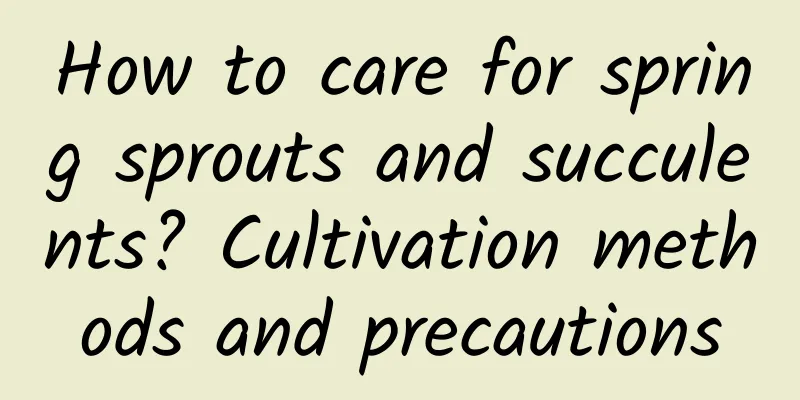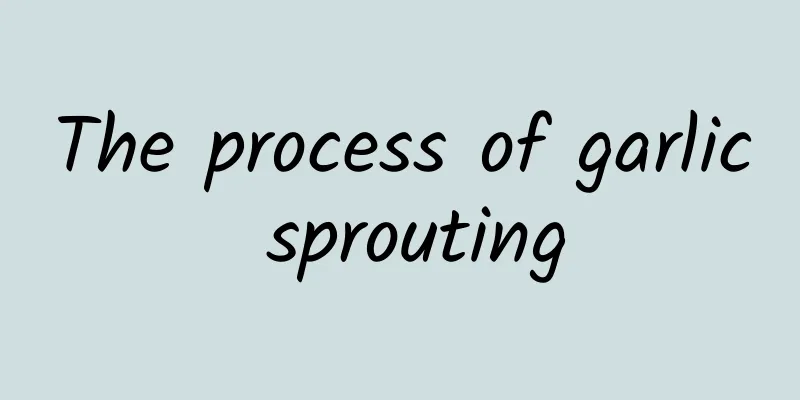Is it better to direct seed or transplant cabbage?

|
It is the season for sowing cabbage again. Many people are not clear about cabbage planting. Is it better to sow cabbage directly or transplant it? Let’s learn more about it below. Is it better to direct seed or transplant cabbage? Of course, live streaming is the best way to eat cabbage. Cabbage can usually be sown directly with seeds, but in other cases, seedlings need to be transplanted. Direct seeding not only promotes vigorous growth but also saves effort, and you can also eat green leafy Chinese cabbage when thinning out the seedlings. How to plant cabbage live 1. Land preparation and fertilization The roots of Chinese cabbage plants are mainly distributed in the shallow soil layer. After the previous crop is harvested, 20-25 cm of plowing should be carried out, not too deep, and the soil should be raked flat. Because cabbage has a large demand for fertilizer , more base fertilizer should be applied, mainly organic fertilizer , 3500-4000 kg per acre, and 10 kg of urea, 15 kg of superphosphate, and 10 kg of potassium sulfate should be applied. 2. Direct seeding The suitable sowing time for Chinese cabbage is from mid-to-late August to mid-to-late October each year. Two rows are planted per bed, and the plant spacing is maintained at 40-60 cm. For early-maturing cabbage varieties, 2500-2800 cabbages can be planted per acre, for mid-maturing varieties, 2200-2500 cabbages can be planted per acre, and for late-maturing cabbage varieties, 1800-2000 cabbages can be planted per acre. Sow 3-5 seeds per hole. Water the plants in time after sowing, once in the morning and once in the evening to ensure that the seedlings are full and strong. 3. Cultivation and soil cultivation Intertillage can be combined with thinning. Intertillage should be carried out after the second thinning, after finalizing, and in the middle of the rosette period. The first hoeing should be shallow, the second hoeing should be deep, and the third hoeing should not damage the roots. If the cabbage is grown on high ridges, the principle of deep furrows and shallow back plowing should also be followed. For cabbage, we also need to combine inter-row cultivation with weeding and soiling. Soiling means piling the loosened ditch soil on the sides and surfaces of the ridges, which can protect the root system and facilitate drainage and irrigation. 4. Topdressing management During the cultivation of Chinese cabbage, top dressing can be done three times, and the principle of light application at the beginning and heavy application at the end should be followed. The first topdressing is in the early rosette stage of Chinese cabbage, with 8-10 kg of urea applied per acre; the second topdressing is in the middle and late rosette stage, with 10 kg of urea and 15-20 kg of potassium sulfate compound fertilizer applied; and the third topdressing is generally in the middle stage of heart formation, with 10-15 kg of urea and 5 kg of potassium sulfate applied. 5. Foliar fertilization During the rosette to head stage of Chinese cabbage, you can consider spraying 0.5% calcium chloride solution on the leaves to effectively promote calcium absorption. Apply it every 7-10 days and spray it three times in a row. That’s it |
<<: How to improve the fruit set rate of rice?
>>: The correct way to raise guppies
Recommend
When does Buddleja bloom?
1. Flowering period The flowering period of Buddl...
How to grow potted lilies in winter
1. Cut off branches and leaves In winter, most li...
How to grow peppers and what kind of soil is needed
1. Soil required When growing peppers, you need t...
Can hydrangeas be propagated by cuttings?
Can hydrangeas be propagated by cuttings? Hydrang...
Seed propagation of Viburnum
1. Seed harvesting and processing This is a very ...
Video: A small trick in spring will make your succulents grow faster
Succulent repotting video How to repot succulent ...
How to make the leaves of Clivia thick and shiny (how to keep the leaves shiny and more beautiful)
How to grow Clivia so that its leaves are thick, ...
Video of repotting the green radish: Change the pot for the green radish now, and it will cover the wall in half a year!
Green radish repotting video Steps to repotting g...
How to grow bougainvillea more vigorously?
Bougainvillea is a plant that is easy to care for...
Cultivation methods and precautions of water gardenia
1. Maintenance methods 1. Soil: The soil should b...
How to grow ash wood
1. Plenty of sunlight It is a succulent plant tha...
Can kumquat potted plants be fertilized in autumn (when is the best time to fertilize kumquat trees)
Kumquat is a very beautiful fruit-viewing bonsai....
What medicinal herbs are good to plant on barren hills? What medicinal herbs are valuable to plant on barren hills?
Wasteland has a special climate and a difficult e...
How to change the soil of Golden Tiger Cactus and what is the time and method of changing the soil
When to change the soil of Golden Tiger Cactus It...
How to cultivate Longchangsu
1. Soil Loose, well-drained soil should be used f...









